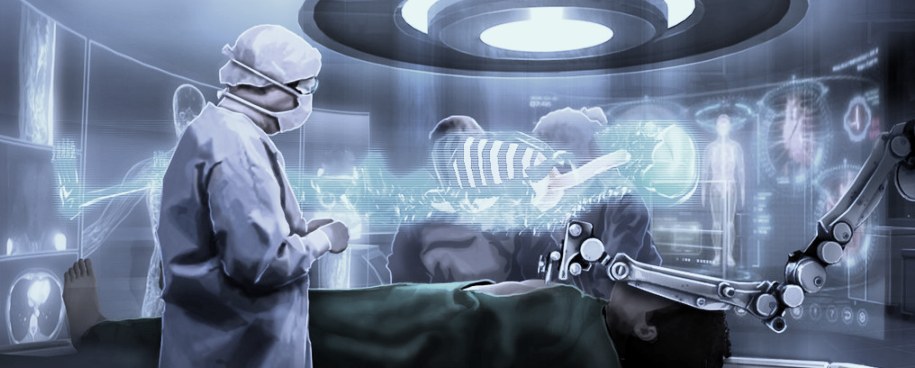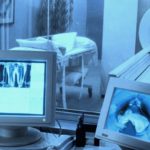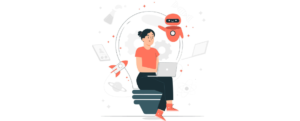
Internet of Medical Things (IoMT) has been at the core of technology development in the healthcare sector. Some whopping market statistics through various studies predict that the IoMT market will cross $136.8 billion by 2021 and that 91% of medical establishments have already introduced IoMT
in one form or the other. Having followed the developments in IoMT closely, Vatsa Solutions has helped many healthcare organizations to implement various technologies. In our previous blog post of the series, we spoke about the challenges faced in implementing IoMT. In this blog, we’ll be talking about the benefits of implementing IoMT, and its scope in the near future.
How IoMT is changing the healthcare landscape
Easy access to real-time patient health data
IoMT is increasing the ease of accessibility in medical practices, along with 24*7 monitoring. Doctors and medical practitioners are now able to access real-time data on patient health to take quick and better-informed decisions. An orthopedic can view the results of an x-ray on his phone while being away from his office. Similarly, obstetricians can monitor the health of pregnant women and new-born whenever required. IoMT also allows insurance companies to verify and process claims faster. All of this, just being the tip of the iceberg.
Better communication through standardization
Even though the initial set-up might be a bit cumbersome, implementing IoMT devices greatly helps in the standardization of entire processes. Doctors present on the same network can view all the results and uniformly share data. Softwares that are based on medical standards like HL7, HIPAA, QCDR, and QR compliances help to standardize the communication process of patient data. An example of this can be is an HL7 standards-based platform for simplified pre-operative care and better surgery outcomes which Vatsa created for one of its clients.
Reduced per-patient costs
Medical devices and automation largely reduce the per-patient cost of treatment. A study by Goldman Sachs forecasts that IoMT will be saving the healthcare and medical industry approximately $300 billion annually.
Increased efficiency and better treatment
The entire point of introducing automation is reducing manual work, while increased efficiency. With IoMT, there is a faster transmission of data, leading to faster diagnosis and better treatment. Remote monitoring enables doctors to detect health issues and treat them before they elevate. They also enable patients to reduce frequent visits to the hospital, while getting the best treatment at home. Also, ancillary support staff like nurses and administration staff get freed up to focus on more important work apart from form-fillings and paperwork.
Future Scope of IoMT
The Internet of Medical Things has a huge potential to transform medical practices and healthcare as we know it. Even though it is in a nascent stage, it has started creating ripples. The biggest challenge in the implementation of IoMT on a global scale is overcoming regulatory, legislative and judicial hurdles. Considering the sensitivity of the domain, security is another major concern. However, technology is constantly being upgraded and loopholes found are being corrected rapidly. Within the next couple of years, it can be predicted that almost 100% of medical and healthcare organizations will be compliant with IoMT devices and technology. This makes it a necessity for these organizations to have a strong IT support. With more than a decade of experience in the healthcare IT domain, Vatsa helps create standards-compliant solutions for healthcare organizations.
To know about Vatsa’s IoMT capabilities and how it can benefit your organization, connect with us at [email protected].





